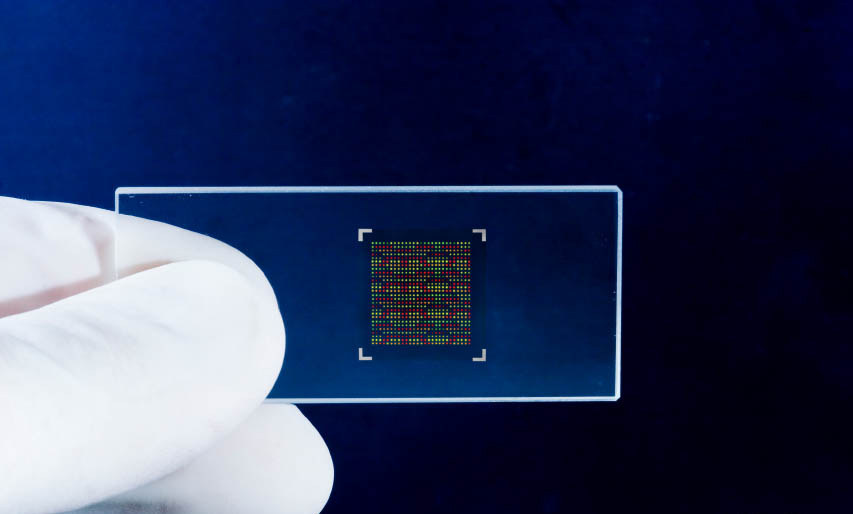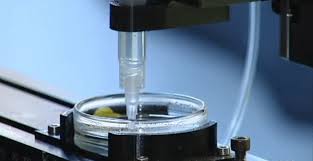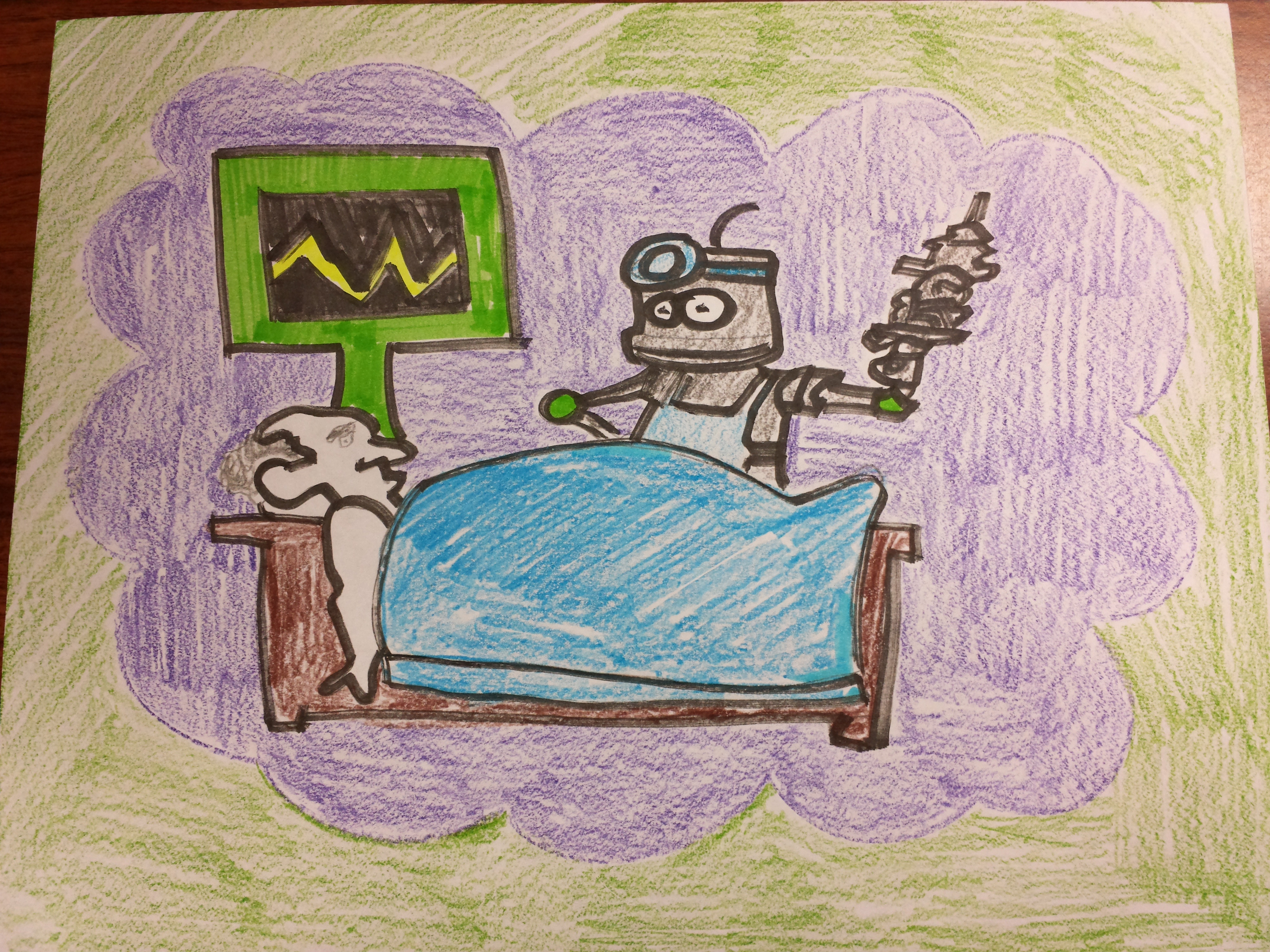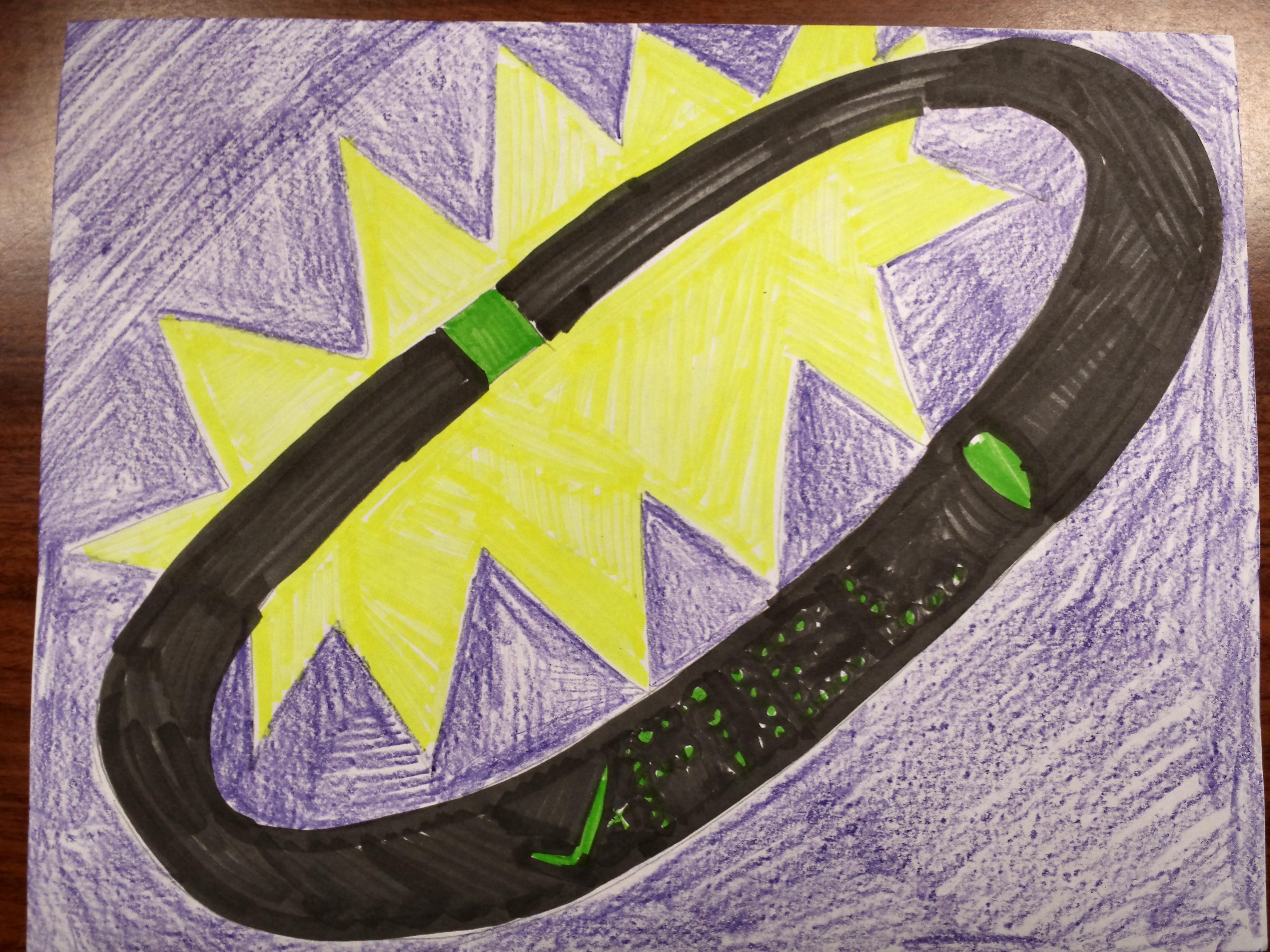Health Technology Intro
Even up to today, medicine has been based off of symptoms felt by the patient and discovered by the physician with refined scanning technology such as the microscope, X-rays, and more recently, the MRI. As technology advances, engineers and scientists are crafting ways to diagnose and cure some of the worst human diseases by directing the molecular fingerprints of these diseases. News drugs are currently in trial to carefully target specific diseases and move from the species level to the individual level. In the future, medicine and medical techniques are expected to cater the individual patient's needs and symptoms, not the average hypothetical persona. It will be a new age of medical technology.
Biology Meets Silicon
Consider traditional methods of diagnosing diseases today. Doctors have to use expensive diagnostic tools to find signs of a disease that may or may not even be there. However, the downside is that diagnostic tools are often expensive and inaccurate. In the future, DNA strips will be used to detect molecular-level processes that trigger diseases. These DNA chips will be inserted with DNA rather than, like silicon, tiny transistors. Researchers in the school have developed a technology that allows a variety of biological cells and therefore tissue types to be grown along chosen pathways on silicon chips. This will improve techniques for experiments as well as reduce the need to experiment on animals.
Medical Check-ups At Home.
There is growing demand for monitoring or periodically supervising people's state of health in any environment. The researcher Oscar Casas reminded us that "not so long ago, houses were only equipped with a thermometer, and, with a bit of luck, a set of scales. Now it is not unusual for people to have portable equipment for measuring blood pressure or devices for testing blood sugar levels at home. Our aim is for this growing range of health systems for individual, rather than hospital, use to be available to everyone". Sensors and Interfaces Group of the UPC's Department of Electronic Engineering has designed a system for simultaneously detecting heart and respiratory rates that functions with force sensors, which are used to measure weight, even in conventional electronic scaleYou may even have access to one of the many growing adaptions of technology in the medical field, a smartphone. Last month, the FDA cleared a new iPhone add-on that lets doctors take an electrocardiogram just about anywhere. Other smartphone apps help radiologists read medical images and allow patients to track moles for signs of skin cancer.
Growing Hearts/ Body Parts
Surgeons at the Boston children's Hospital have developed a way to help children born with half a heart to essentially grow a whole heart by organizing the body's natural capacity to heal and develop. About 1000 babies in the U.S are born with a condition called hypoplastic left-heart syndrome. They do not have a functioning left ventricle, the heart's main pumping chamber. The standard treatment is to reroute the blood circulation into the right ventricle; however, the right ventricle is meant to handle low blood flow to the lungs. Because the right heart cannot handle the high-pressure system, it eventually fails. In the future, doctors and surgeons are hoping to find ways to regenerate body parts. .
Medical Robots
Medical robots are increasingly being used to aid surgeons. For example, a study carried out by the Biomedical Engineering Research Centre (CREB) measure forces on the humeral joint. During the rehabilitation process, exercises are undertaken to prevent ankylosis (abnormal stiffening and immobility of a joint due to fusion of the bones.) of the bone. However, the force on the stitches is sometimes enough to break them. By using robotic tests, surgeons can observe an anatomic model that behaves in the same way as a person's arm, enables repetitive, systematic methodology to be applied to quantify the independent measurements of external factors. The aim is to identify the most suitable stitching method", explained the researcher Alícia Casals, who is the leader of the IBEC's robotics research group.









